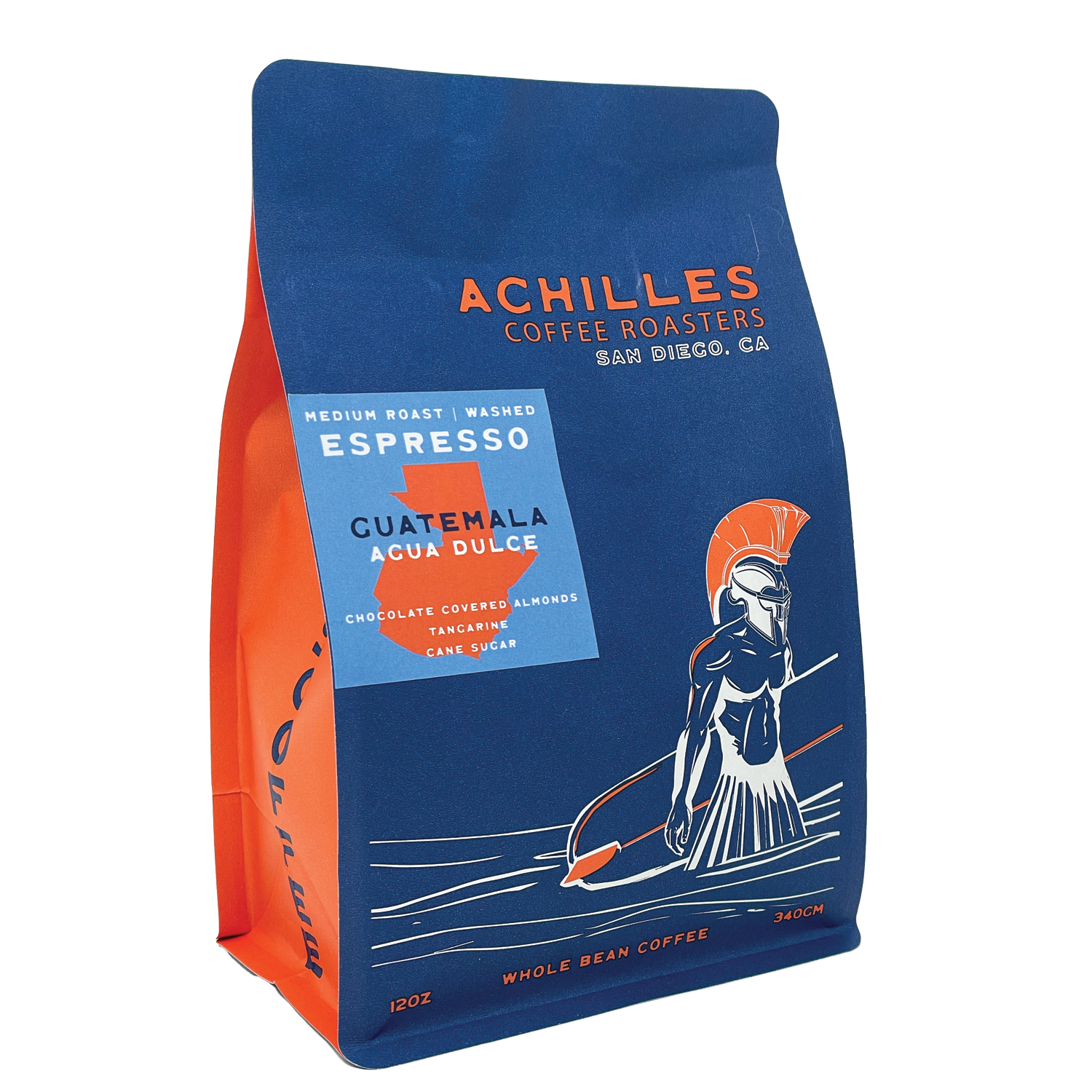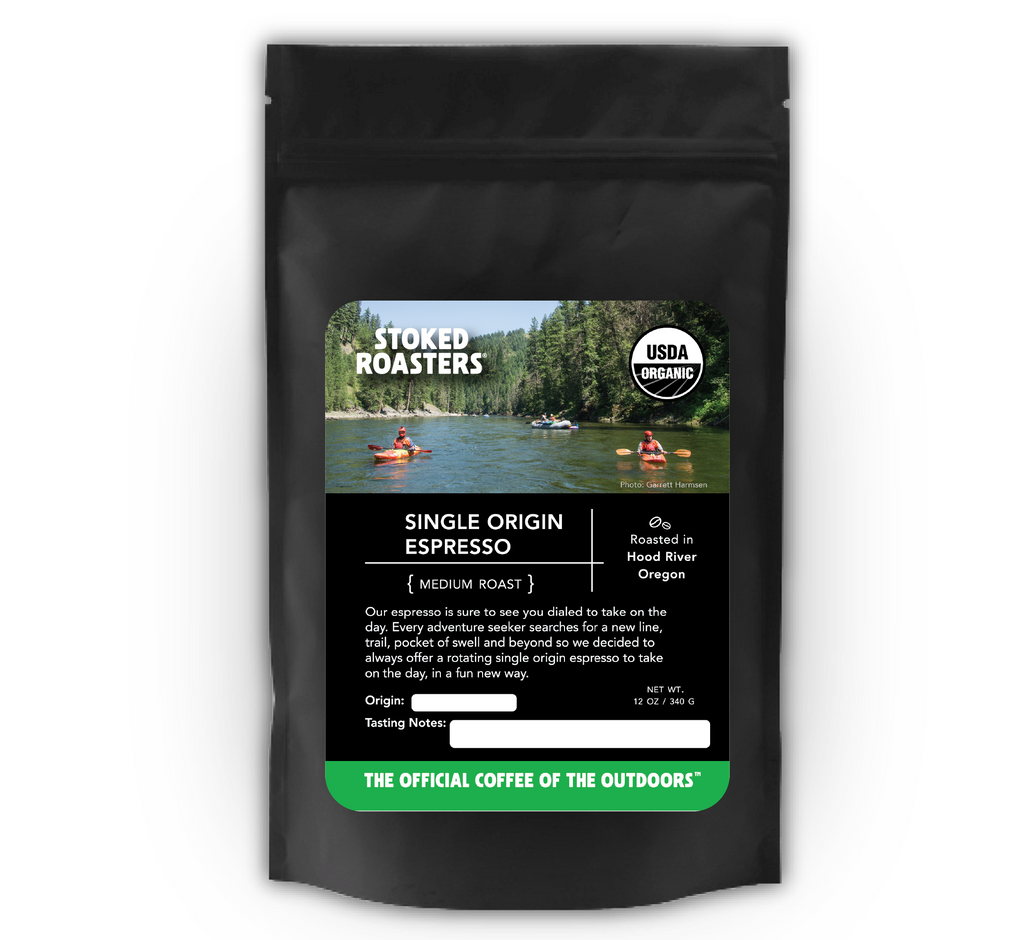Uncovering the Origins Behind Specialty SOE Single Origin Espresso
Wiki Article
Discovering the Rich Flavors of Coffee Beans: a Deep Study Coffee and Blended Coffee Beans
When you check out the abundant tastes of coffee beans, you reveal a complex globe where each range brings its very own personality to your mug. Understanding the origins, refining methods, and roasting strategies can transform your coffee experience. As you browse with the art of espresso and the creativity behind mixed coffees, you'll begin to appreciate the nuances that make each sip distinct. What you'll find following could transform the way you appreciate your early morning brew.The Origins of Coffee Beans: Discovering Terroir and Flavor Profiles
When you take a sip of coffee, you're not simply appreciating a beverage; you're experiencing a rich tapestry of flavors formed by the beans' origins. Each region generates special flavor accounts influenced by climate, soil, and altitude. As an example, beans from Ethiopia commonly rupture with intense, fruity notes, while those from Colombia often tend to offer a well balanced, nutty sweetness.As you explore different beginnings, you'll observe how terroir-- the ecological elements influencing a plant-- plays an important function - Single Origin Espresso. The very same coffee selection can taste dramatically different relying on where it's grown
When you consider these variables, you begin to appreciate the intricacy behind your mug. Each sip informs a story of the land and the farmers that nurtured the beans. Following time you delight, assume regarding the trip your coffee took before it reached your hands, and enjoy those intricate tastes that mirror its beginning.
Comprehending Coffee: The Art and Scientific Research Behind the Brew
When you think about espresso, it's not nearly the solid flavor; it's also regarding the strategies that bring it to life. Understanding just how different preparation techniques influence preference can change your developing experience. Allow's check out the ins and outs of coffee prep work and uncover the special taste accounts that make each cup special.Espresso Prep Work Strategies
Espresso prep work is both a science and an art, combining specific methods with a deep understanding of coffee. To begin, you'll wish to pick premium, freshly baked beans and grind them carefully for excellent removal (Single Origin Espresso). The work dimension is vital; as well rugged, and your coffee will certainly be weak, too great, and it'll be bitterNext, tamp the grounds uniformly in the portafilter to ensure uniform extraction. When you lock it into the maker, go for a brewing temperature level between 190 ° F and 205 ° F.As you pull the shot, expect the perfect extraction time-- around 25-30 secs. The outcome should be a rich, luscious coffee with a beautiful layer of crema ahead. With technique, you'll master these methods.
Flavor Accounts Explained
The globe of espresso offers an abundant tapestry of taste profiles that can elevate your coffee experience. When you take that very first sip, you'll discover a balance of level of acidity, anger, and sweet taste. Each coffee bean carries distinct notes, from fruity and floral to nutty and chocolaty. Light roasts typically display intense acidity and dynamic tastes, while dark roasts present much deeper, bolder tones.Comprehending these accounts aids you choose the right espresso for your palate. Explore various blends can reveal unexpected mixes. A well-crafted blend might integrate the brilliant notes of an Ethiopian bean with the abundant, chocolatey touches of a Brazilian bean. Embrace the trip of finding coffee's varied flavors, and you'll change your coffee ritual into an amazing adventure.
Processing Approaches: Exactly How They Impact Taste and Aroma
While it could seem that the origin of coffee beans is one of the most significant variable in identifying their taste and scent, the handling approaches utilized post-harvest play a similarly necessary duty. You'll find that these techniques can significantly change the final preference profile of your mug.For example, the washed process gets rid of the fruit from the beans prior to fermentation, often causing a cleaner, brighter flavor. The all-natural process leaves the fruit undamaged throughout drying, resulting in a sweeter, fruitier account.
Other techniques, like honey processing, strike an equilibrium, enabling some fruit mucilage to stay, supplying a special intricacy.
Each processing strategy communicates with the beans' integral characteristics, enhancing or silencing particular flavors and aromas. When you sip that espresso or combined coffee, remember that the journey from cherry to mug is influenced not just by beginning however additionally by just how those beans were processed.
Toasting Techniques: Opening the Full Possible of Coffee Beans
Roasting methods are necessary for disclosing the full possibility of coffee beans, as they transform raw, environment-friendly beans into the aromatic, flavorful coffee you delight in. The selection of roasting approach-- light, medium, or dark-- drastically affects taste accounts. Light roasts protect the beans' natural acidity and fruity notes, while medium roasts equilibrium sweetness and splendor. Dark roasts, on the various other hand, stress vibrant, great smoky flavors.A slower roast at lower temperatures permits for intricate tastes to create, while a quicker roast can heighten resentment. By grasping these techniques, you'll expose a globe of flavor, raising your coffee experience to new heights.
The Magic of Blended Coffee: Developing One-of-a-kind Taste Experiences
Developing an one-of-a-kind flavor experience with blended coffee can transform your early morning ritual into an expedition of taste. By combining different beans from numerous regions, you can disclose a symphony of tastes that raise your mug to new heights. Each blend deals a distinctive profile, stabilizing body, acidity, and sweet taste to develop something truly unique.When you choose a blend, you're not simply choosing a coffee; you're picking a journey across diverse SOE landscapes and societies. Try out different mixes enables you to discover your personal favorites, whether you delight in fruity notes or abundant, chocolatey undertones.

Sampling Notes: Acknowledging the Nuances in Your Cup
As you drink your coffee, you could notice a range of flavors dancing on your palate, each revealing the intricacies of the beans. You might taste the intense level of acidity reminiscent of citrus or the deep, rich notes akin to dark chocolate. The sweet taste could stimulate honey or sugar, stabilizing the general account magnificently.Pay focus to the body of the coffee-- does it really feel ventilated and light, or is it complete and luscious? The coating, as well, provides clues; a sticking around aftertaste may mean nuttiness or flower undertones.

Don't forget to explore the unique characteristics of various beginnings, as each area passes on distinctive tastes - Single Origin Espresso. For example, Ethiopian coffees frequently present fruity notes, while Colombian beans might display an extra spherical sweet taste. By acknowledging these nuances, you'll strengthen your admiration for each cup, raising your coffee experience to brand-new heights

Developing Methods: Taking Full Advantage Of Taste Extraction for each Bean
When you discover the different developing techniques, you'll find that each strategy can significantly affect the taste account of your coffee. From French press to pour-over, each technique removes different compounds, boosting or silencing certain notes. Using a French press enables oils to continue to be in the mixture, developing a richer preference, while pour-over emphasizes clearness and brightness.Temperature and grind dimension also play vital duties. A coarser grind works best for chilly brews, while a great grind is excellent for espresso. Experimenting with water temperature-- in between 195 ° F and 205 ° F-- can expose covert flavors, too.
Do not ignore steeping time; a fast removal can result in sour notes, while over-extraction may generate bitterness. By readjusting these variables, you can take full advantage of taste removal and genuinely boost your coffee experience. Enjoy the journey of discovering what method finest matches your taste!
Regularly Asked Questions
What Is the Ideal Water Temperature Level for Brewing Coffee?
The excellent water temperature level for developing coffee's in between 195 ° F and 205 ° F. If you make use of water that's as well warm, you'll over-extract tastes; as well cold, and you will not remove sufficient. Objective for that pleasant area for the finest brew!How Does Grind Size Influence Coffee Flavor?
Work size substantially affects coffee flavor. Better grinds remove a lot more flavors and oils, causing a bolder taste, while coarser grinds return a lighter taste. Readjusting grind size helps you achieve your desired coffee profile.Are There Health Advantages Surrounding Alcohol Consumption Coffee?

What Is the Difference In Between Arabica and Robusta Beans?
Arabica beans are smoother and sweeter, commonly including fruity tastes, while robusta beans are stronger with a bitter preference and greater high levels of caffeine web content. You'll notice these distinctions in scent and developing experience.Exactly How Can I Shop Coffee Beans for Freshness?
To store coffee beans for freshness, maintain them in a closed container, away from warm, moisture, and light. If you only grind what you need right before brewing., you'll keep their flavor much longer.Checking Out the Rich Tastes of Coffee Beans: a Deep Dive Into Coffee and Blended Coffee Beans.
When you explore the abundant tastes of coffee beans, you discover a complicated world where each variety brings its own personality to your cup.When you take a sip of coffee, you're not simply appreciating a beverage; you're experiencing a rich tapestry of flavors shaped by the beans' beginnings.Roasting techniques are necessary for disclosing the full potential of coffee beans, as they change raw, eco-friendly beans right into the aromatic, delicious coffee you take pleasure in.As you sip your coffee, you may see a spectrum of flavors dancing on your taste buds, each disclosing the complexities of the beans.
Report this wiki page